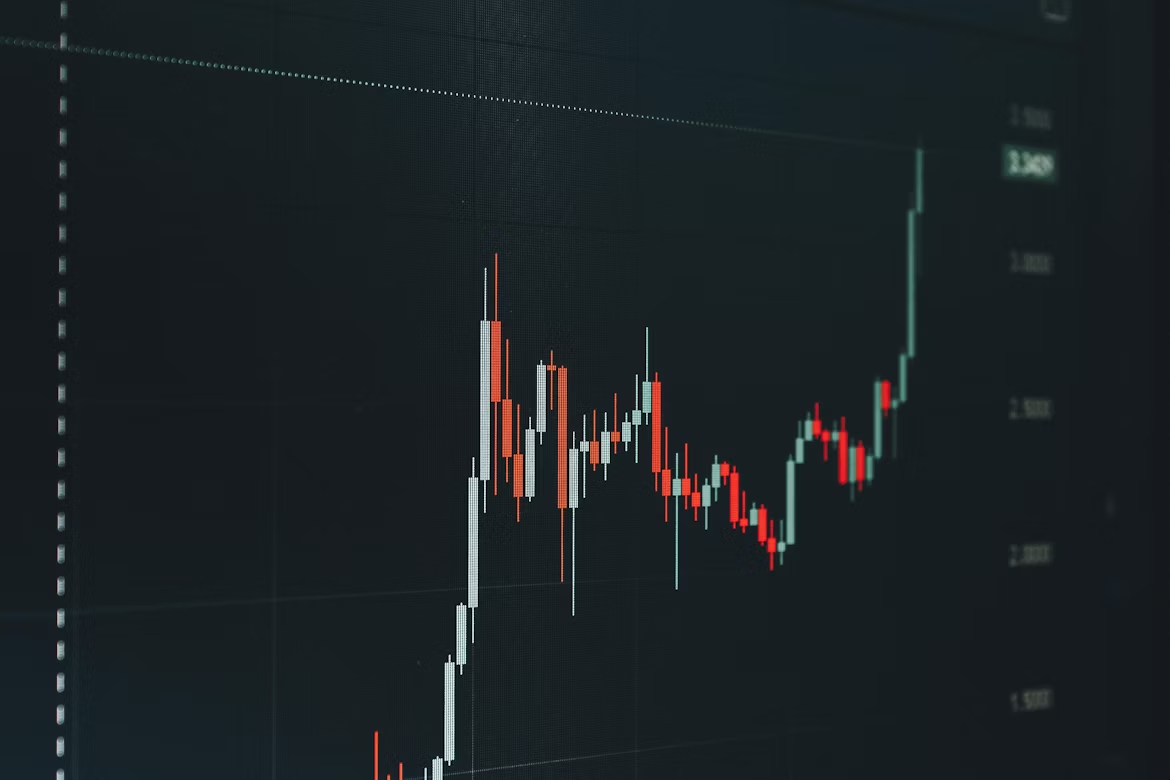Stacking STX: What Is It & How Much Can You Earn?
Your STX could earn you bitcoin, without selling, trading, or bridging to another chain. That’s exactly what stacking offers.
As part of the Stacks network’s Proof of Transfer (PoX) design, stacking lets you lock up your STX and get rewarded in bitcoin. No synthetic tokens. No wrapped assets. Just passive bitcoin yield from native activity on the Bitcoin layer.
In this guide, we’ll break down what stacking is, how it works, how much you can earn, and how to get started, whether you’re stacking through a pool, going solo, or using a liquid staking protocol.
TL;DR
- Stacking lets you earn BTC by locking your STX for 2-week cycles.
- Returns range from 4–10% APY, depending on the method you choose.
- Non-custodial and liquid options make it easily accessible to everyone.
What Is Stacking?
Stacking is the process of temporarily locking up STX tokens to support the Stacks network and, in return, receiving BTC rewards. It’s part of the Stacks protocol’s PoX mechanism, which connects Bitcoin and Stacks in a way that’s both secure and decentralized.
STX is the native token of Stacks, a Bitcoin Layer 2. The protocol uses the Proof of Transfer (PoX) consensus mechanism, which has two participants: stackers & miners. PoX uses BTC to secure the Stacks network. This BTC is committed by Stacks miners, whose role is to mine blocks in exchange for STX rewards. The committed BTC is then transferred as a reward to stackers.
You don’t need to run a node or delegate to a validator, just lock up your STX in a Stacks stacking app and wait for the rewards to roll in.
How Much Can You Earn From Stacking?
Your earnings depend on several factors:
- How much STX you stack
- The total amount of STX stacked across the network
- How much BTC miners commit to the protocol
- The stacking method you use (solo, pooled, or liquid stacking)
Estimated Returns
- Solo stacking: ~7–10% APY in BTC (requires at least 100,000 STX)
- Pooled stacking: ~5–8% APY (minimums as low as 100 STX)
- Liquid stacking (e.g., stSTX): up to ~10% APY, with added flexibility
These numbers can fluctuate based on network activity and BTC price movements. For most users, a realistic APY lands between 4% and 7%, paid in BTC.
Example: If you stack 10,000 STX at 7% APY and STX is trading at $0.70, you’re looking at around $497/year in expected BTC rewards.
Key Benefits of Stacking
Earn Bitcoin Passively
Unlike most staking systems that reward you in the same token you’ve locked up, stacking pays out in bitcoin. It’s a unique reward model that leverages the Stacks blockchain’s connection to Bitcoin via Proof of Transfer. Whether BTC is going up or down, you’re stacking sats while holding onto your STX.
No Risk of Slashing or Token Loss
Stacks’ stacking mechanism is non-slashing. That means your STX isn’t at risk of being penalized or reduced if something goes wrong in the protocol, like a validator going offline or a node behaving maliciously (a common risk in proof-of-stake chains). Your tokens are simply locked, so you are not at risk of losing them.
Accessible for All Levels of Users
From beginner-friendly mobile wallets like Xverse that let you join non-custodial pools with just a few hundred STX, to more advanced options like solo stacking or liquid stacking, there’s a method for every skill level and portfolio size. You don’t need to run a node, write scripts, or read command-line instructions to get started.
Strengthens the Bitcoin Ecosystem via Stacks
When you stack STX, you’re helping to secure the Stacks blockchain, which in turn helps expand Bitcoin’s capabilities.
Stacking helps decentralize power away from centralized validators and puts more control in the hands of real users, making Bitcoin more programmable without changing its base layer.
Considerations to Stacking STX
Reward Variability
Stacking rewards aren’t fixed.
They depend on how much Bitcoin miners commit to the network and how much STX is stacked overall. If fewer miners participate or more STX is locked, rewards can dip. You might earn less BTC in one cycle compared to another, even if you stack the same amount of STX.
Custodial Risk (if using exchanges)
If you’re stacking through a centralized exchange, you’re not in control of your STX.
The exchange manages the tokens and distributes the rewards. While this is convenient, it also means you’re trusting a third party to safeguard your assets, stay operational, and act honestly.
Smart Contract & Protocol Risks (for liquid stacking)
If you use liquid stacking solutions, you’re interacting with smart contracts that manage your STX and rewards. While these platforms are audited and widely used, bugs and vulnerabilities are still a possibility. Only use audited platforms, and start with a small amount if you’re new to liquid staking.
Final Thoughts
Stacking STX is one of the most compelling ways to earn bitcoin yield without needing to bridge assets, wrap tokens, or trust centralized middlemen.
Whether you’re a long-term believer in the Stacks ecosystem or simply looking for a smarter way to put your STX to work, Stacking offers a low-friction way to earn BTC while supporting Bitcoin’s smart contract layer.































